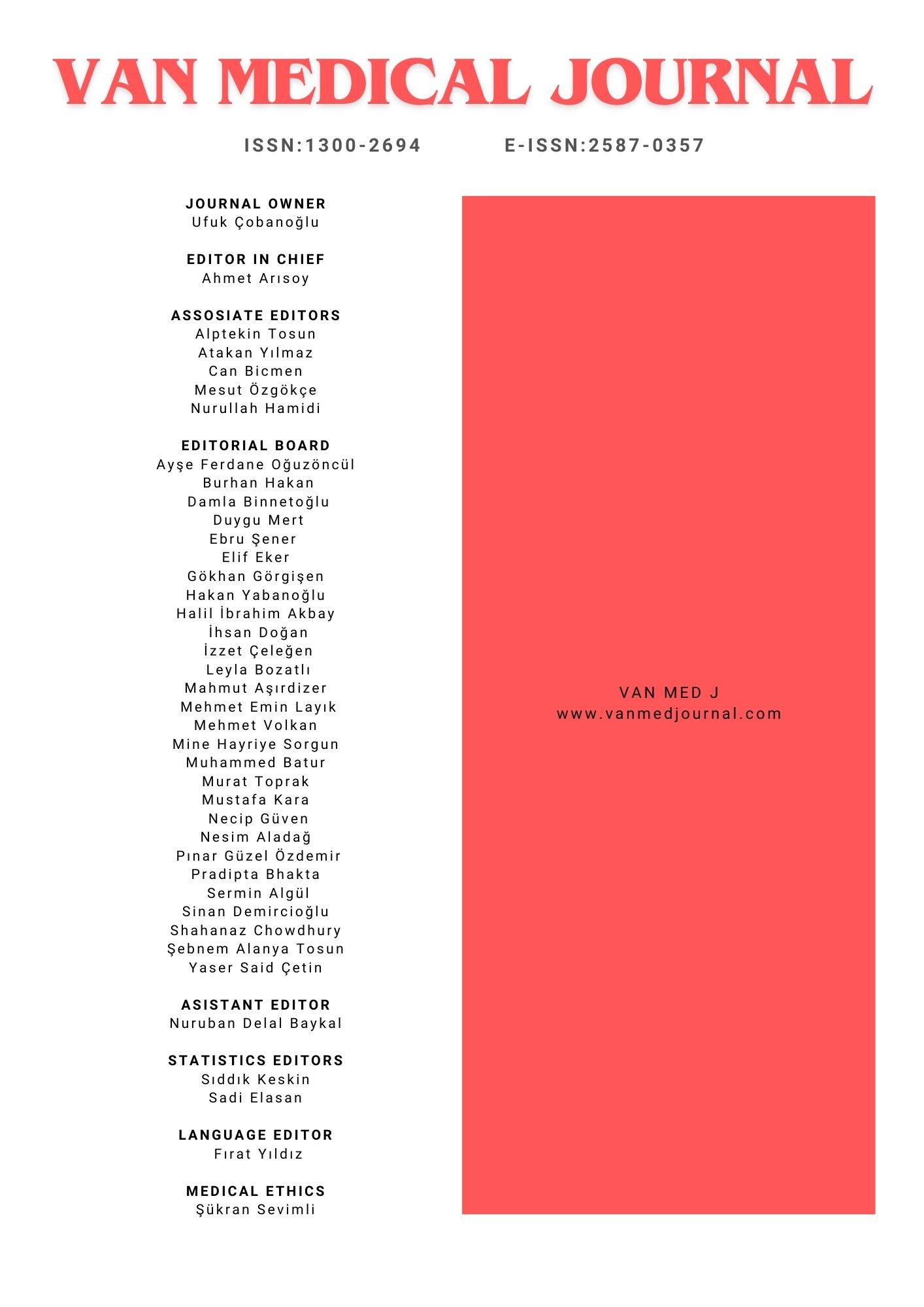Etiopathogenesis of Peptic Ulcers and Prostaglandin Relationship
Aykut UlucanBingol University, Vocational School Of Health Services, Department Of Medical Services And Techniques, Pathology Laboratory Techniques ProgramPeptic ulcer disease, usually seen in the stomach and proximal duodenum, is a disease that can be seen in individuals of different age groups due to a wide variety of infectious and non-infectious causes. The understanding of the etiopathogenesis of peptic ulcer disease is an important factor in the prevention, treatment and management of this disease. Although there are several factors known to cause gastric ulcers, the mechanism of mucosal injury in the stomach related to gastric ulcers has not been fully clarified. Attempts to protect against a variety of environmental factors of gastric mucosa through prostaglandins play an active role in the protection of gastric ulcer. Numerous investigations have been conducted on gastric injury studies using necrotizing agents, nonsteroidal anti-inflammatory drugs and cold restriction stress models for the protective effect of some prostaglandins in the stomach. This allows removal of the gastric mucosa prostaglandin E2 in the development and progression of peptic ulcers has been shown to be a significant etiological factor. In the light of all this information, the goal of this review is discussing the etiopathogenesis of peptic ulcers and prostaglandin relationship as a whole, and thus to provide the researchers with a thorough knowledge of future studies. In conclusion, it can be said that prostaglandins are directly or indirectly related to some ulcerogenic and protective factors, especially stress, hormonal response, gastric acid, and mucus, and they also play important roles in the etiopathogenesis of peptic ulcer disease.
Keywords: Stomach, Prostaglandin E2, Stress, Gastric acid, Mucus.Peptik Ülserlerin Etiyopatogenezi ve Prostaglandin İlişkisi
Aykut UlucanBingöl Üniversitesi, Sağlık Hizmetleri Meslek Yüksekokulu, Tıbbi Hizmetler Ve Teknikler Bölümü, Patoloji Laboratuar Teknikleri ProgramıGenellikle mide ve proksimal duodenumda görülen peptik ülser hastalığı, çok çeşitli enfeksiyöz ve non-enfeksiyöz nedenlere bağlı olarak, değişik yaş gruplarındaki bireylerde görülebilen bir hastalıktır. Peptik ülser hastalığının etiyopatogenezinin anlaşılması, başlıca bu hastalıktan korunmada ve hastalığın tedavisinin yönlendirilmesinde önemli bir unsurdur. Günümüzde gastrik ülserlere neden olduğu bilinen çeşitli faktörler olmasına rağmen, gastrik ülserler ile ilişkili olarak midedeki mukozal hasar mekanizması tam olarak aydınlatılamamıştır. Prostaglandinler aracılığıyla mide mukozasının çok çeşitli çevresel faktörlere karşı korunmaya çalışılması, gastrik ülser hastalığından korunmada merkezi bir rol oynar. Bazı prostaglandinlerin midedeki koruyucu etkisine yönelik, nekrotizan ajanlar, non-steroid antienflamatuvar ilaçlar ve soğuk kısıtlama stresi modelleri kullanılarak oluşturulan mide hasarı araştırmalarına dair çok sayıda çalışma yapılmıştır. Bu sayede gastrik mukozadan prostaglandin E2'nin uzaklaştırılmasının, peptik ülserin gelişmesinde ve ilerlemesinde önemli bir etiyolojik faktör olduğu gösterilmiştir. Tüm bu bilgiler ışığında, bu derleme ile peptik ülserlerin etiyopatogenezi ve prostaglandin ilişkisinin bir bütün halinde ele alınması ve böylece araştırmacılara gelecek çalışmalara yönelik derli toplu bir bilgi sunulması amaçlanmıştır. Sonuç olarak prostaglandinlerin, stres, hormonal yanıt, mide asidi ve mukus başta olmak üzere bazı ülserojenik ve koruyucu unsurlar ile doğrudan veya dolaylı yoldan ilişkili oldukları ve ayrıca peptik ülser hastalığının tedavisi ile etiyopatogenezinde önemli roller üstlendikleri söylenebilir.
Anahtar Kelimeler: Mide, Prostaglandin E2, Stres, Mide asidi, Mukus.Manuscript Language: English

